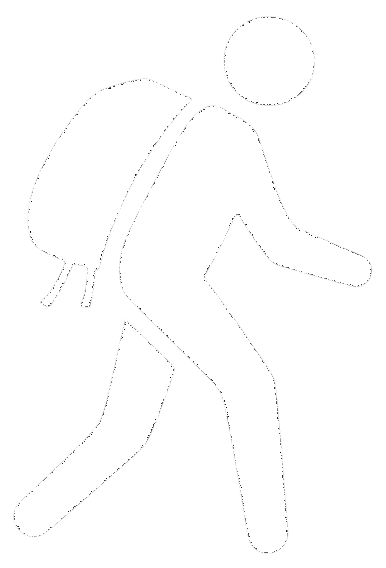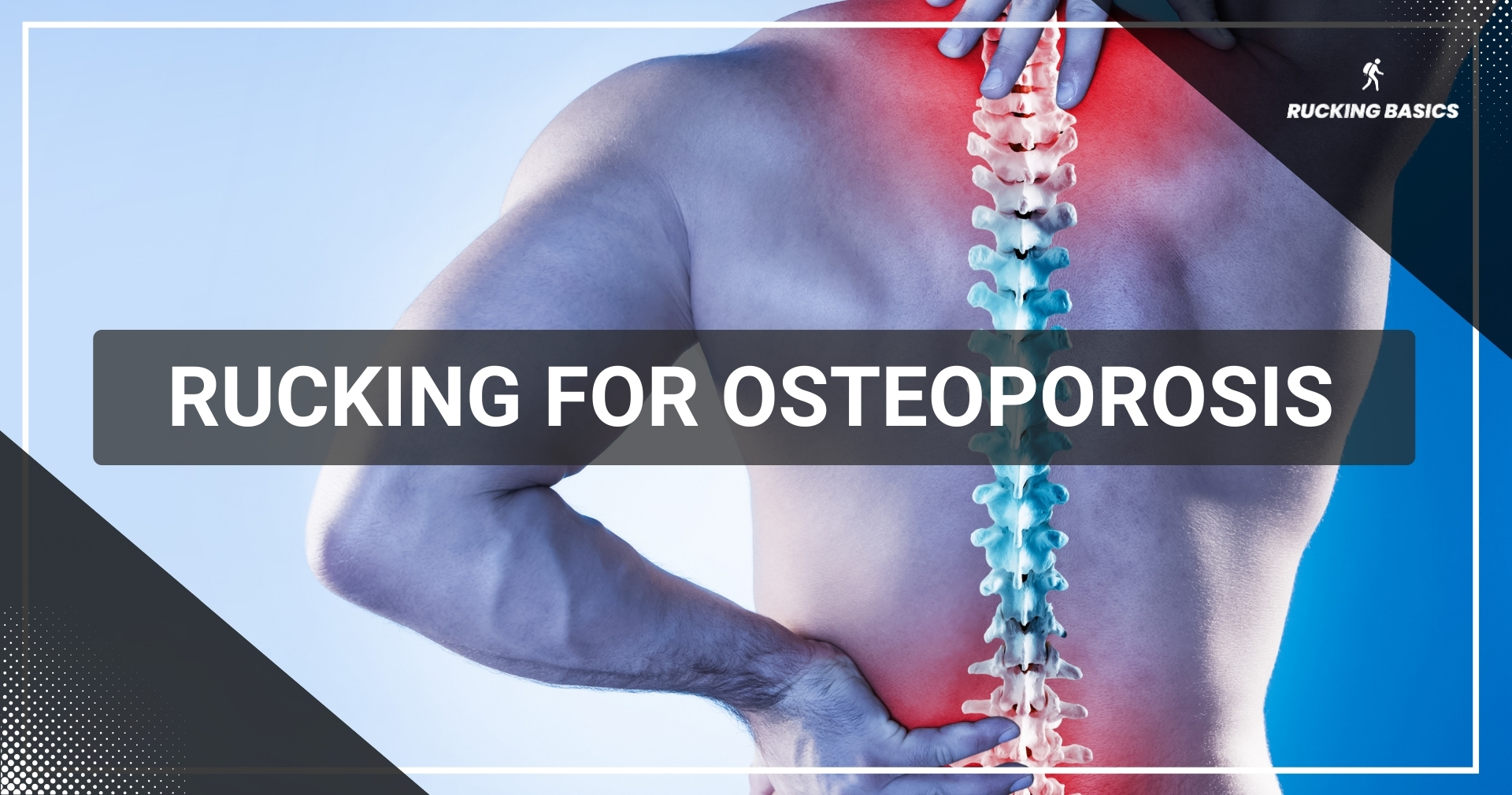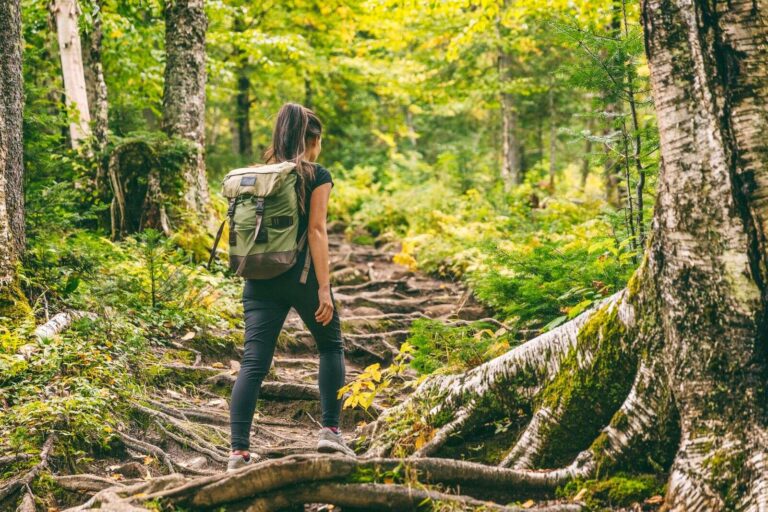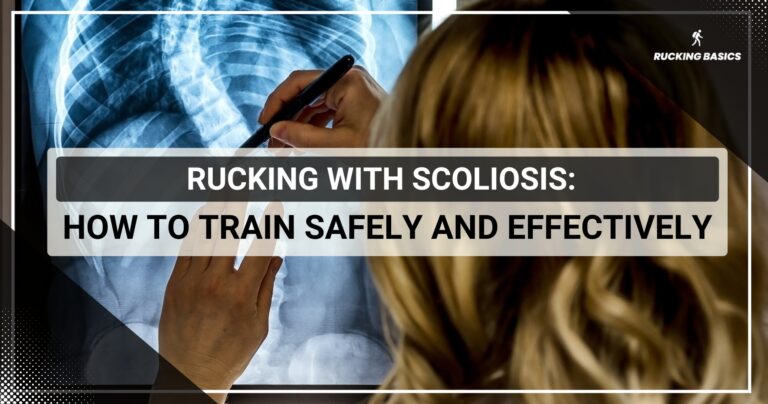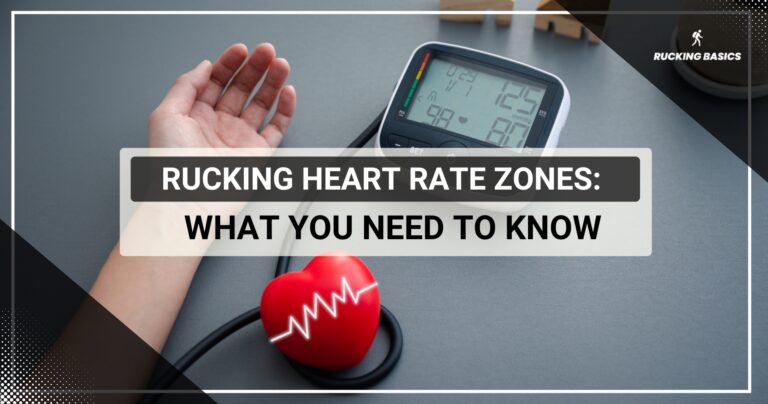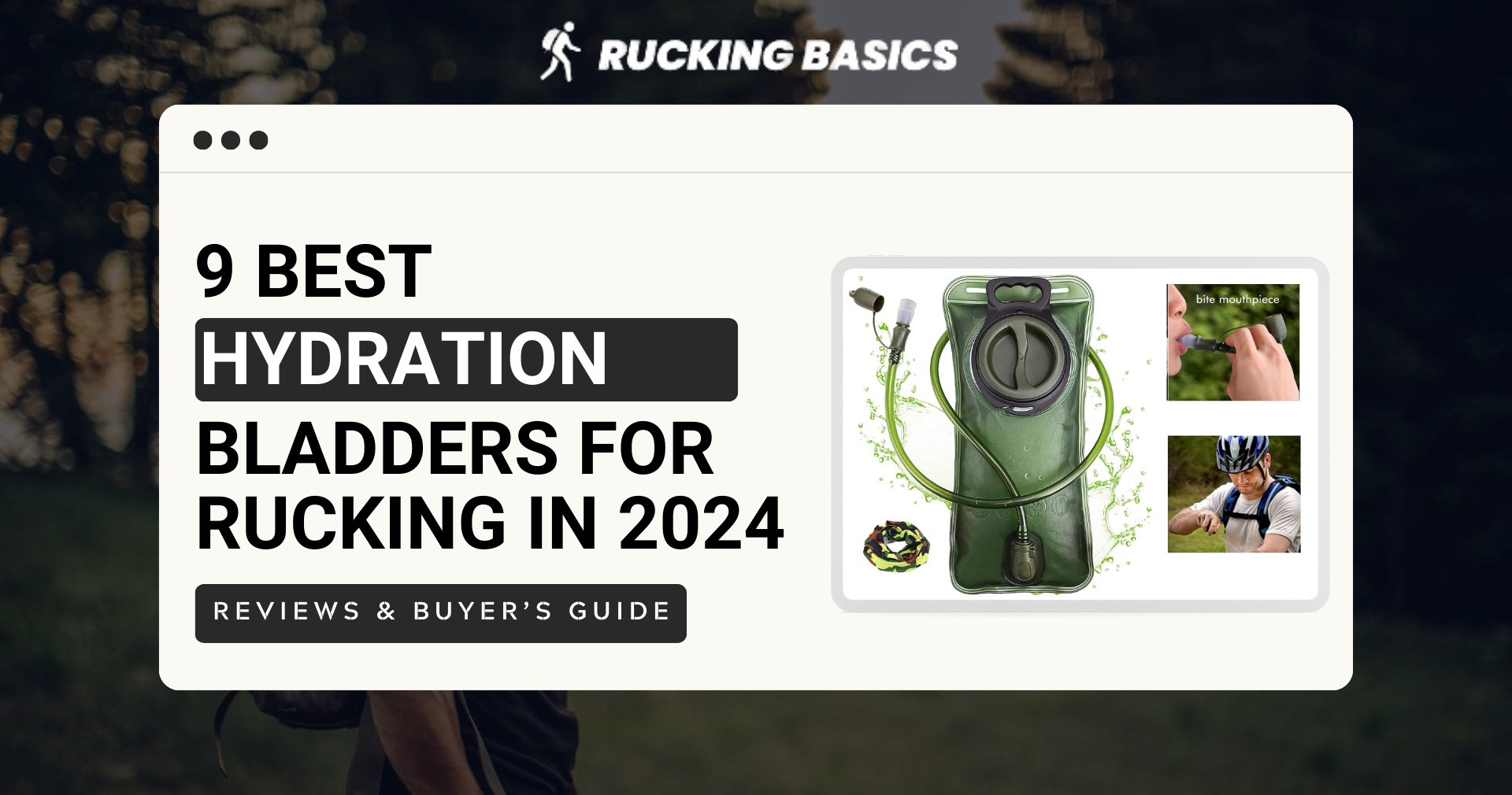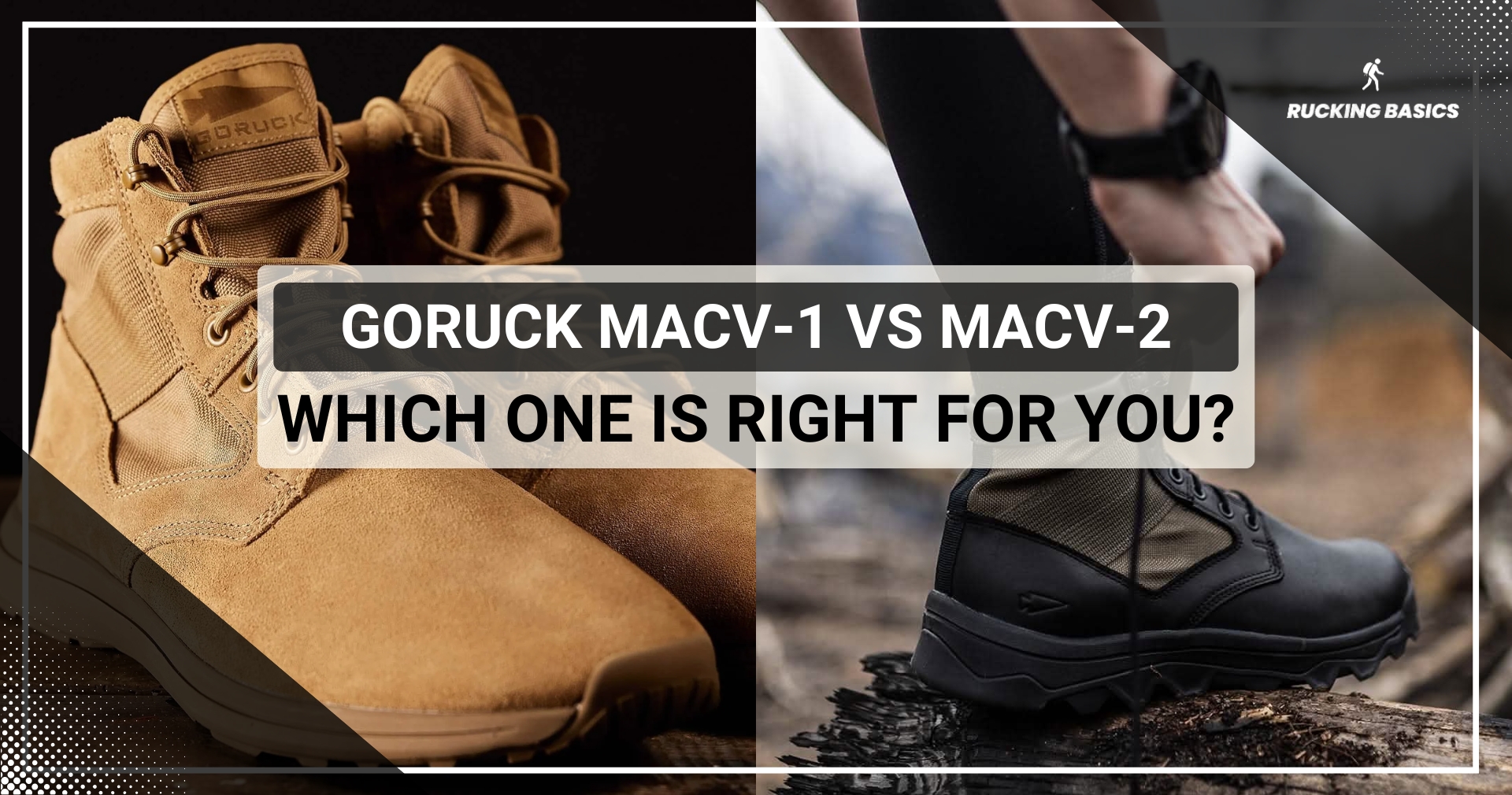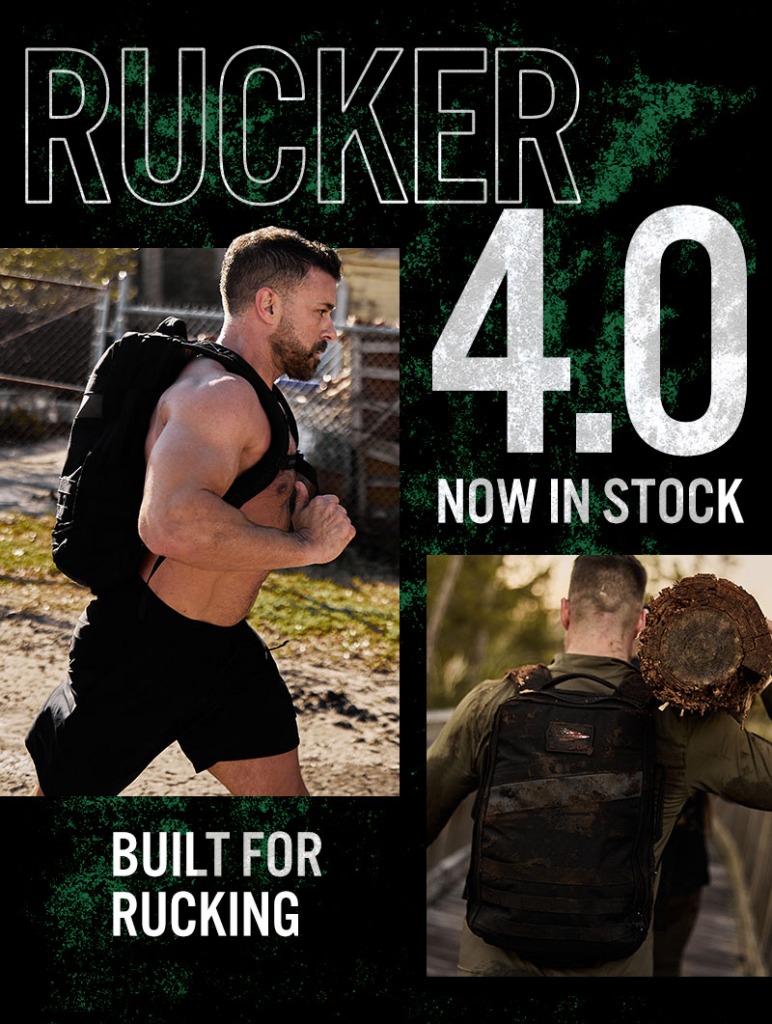If you or someone close to you has recently been diagnosed with osteoporosis (which affects tens of millions of people worldwide), it’s certainly not the happiest news you’ve ever heard.
BUT, it also doesn’t have to be catastrophic, and that largely depends on you. As we age, keeping our bones strong and healthy becomes one of the most important things we can do for long-term health.
While there are plenty of exercises out there that help, I’ve personally found that rucking for osteoporosis offers a really practical, enjoyable, and effective way to build and maintain bone density. What I love about it is that it’s simple and versatile. Plus, it doesn’t feel like a “workout” in the traditional sense — it’s more like spending time in nature, just with purpose.
I’m going to share with you exactly how rucking can be a game-changer for building bone strength if you have osteoporosis.
What Is Osteoporosis?
Osteoporosis is often referred to as the “silent disease” because it progresses without any noticeable symptoms until a bone fracture happens. Even a simple fall or minor bump can cause a broken bone.
By the time most people realize they have it, significant bone loss has often already occurred.
Several factors contribute to the development of osteoporosis. Aging is one of the most common causes, as bone density naturally decreases over the years. Hormonal changes, especially the decrease in estrogen in post-menopausal women, also play a significant role in accelerating bone loss. Genetics can be a factor, too—if osteoporosis runs in your family, you’re more likely to develop it. We must not overlook lifestyle, as poor nutrition, lack of physical activity, excessive alcohol consumption, and smoking can further increase the risk.
The most common areas affected by osteoporosis are the spine, hips, and wrists, and fractures in these regions can lead to serious long-term complications.
Why Physical Activity Is Key to Bone Health?
We often think of bones as some almost non-living part of our organism, but they are dynamic, living tissue that constantly undergoes different processes.
Old bone tissue is broken down daily while new bone is created (bone remodeling.) This process is crucial for maintaining strong and healthy bones throughout life. However, in the later years, the rate of bone breakdown begins to outpace the rate of new bone formation. That’s why older people gradually lose bone mineral density.
Physical activity is irreplaceable in slowing down this process and even reversing it by encouraging bones to rebuild. Regular activity also improves circulation and helps deliver essential nutrients to your bones. Osteoporosis exercise helps maintain muscle strength, flexibility, and balance, which are all essential for supporting the skeletal system. Strong muscles provide better support to your bones.
How Rucking Can Help Build Bone Density?
The idea is pretty straightforward: you’re walking with a weighted backpack. That extra weight makes your bones and muscles work harder than they would on a normal walk, signaling to your body that it needs to strengthen the bones. This helps stimulate bone growth over time—yes, simple as that.
Of course, you will need to be very persistent with this weight bearing exercise to notice a significant improvement, but it is certainly possible and realistic.
It’s a safe way to challenge your body without putting unnecessary strain on your knees, hips, or spine. You get all the strength-building benefits without the risks of pounding on your joints.
Another fantastic benefit of rucking for all those with osteoporosis is adjustability. Whether you’re a former marathon runner or someone who sits all day, you’ll be able to adjust the activity. You can progress at your own pace, and you’re in control of how challenging it becomes.
Rucking Safely with Osteoporosis
Rucking is a safe activity, but you must be extra careful if you have osteoporosis. Taking some precautions allows you to enjoy all the advantages this activity offers while keeping the risk only theoretical.
Consultation with a Doctor and Physical Therapist
Osteoporosis affects people differently, and what works for one person may not be ideal for another. Your doctor can evaluate your bone density, fitness level, and pre-existing conditions to determine whether rucking is a safe choice for you.
Getting the green light from your doctor not only ensures your safety but also gives you peace of mind. So, my advice is to always talk to your doctor first, whatever chronic illness you have (and even if you are healthy.)
Choosing the Right Gear
Having the right gear can make all the difference in staying safe and comfortable.
A well-fitted rucking backpack is of paramount importance. Look for a rucksack with padded shoulder straps, sternum strap, and a waist belt to distribute the weight evenly across your body. You don’t want the weight pulling you backward or forward.
Equally important is wearing the proper footwear. Opt for sturdy, supportive walking shoes or hiking boots with good arch support and slip-resistant soles. Appropriate footwear, plus insoles, protects your joints from the impact of walking with extra weight and lowers the risk of tripping or falling.
You cannot start without a rucksack and footwear, and later, you will buy other essential gear, including a hydration bladder, smartwatch, socks, special pants, and other clothing.
Weight Selection
When starting out, go light. You don’t need a lot of weight to make a big impact on your bone mass.
For beginners with osteoporosis, starting with as little as 5 to 10 pounds is perfectly fine. Trust me—when you’re rucking for 30-40 minutes, even a lightweight backpack can feel like a workout!
The goal is to challenge your bones without overwhelming them. You can increase the weight later, but be patient with yourself. Slow and steady is the way to go here.
Posture and Form
Carrying extra weight can throw off your balance if you’re not careful, so keep thinking about each step, at least the first few times. Keep your shoulders back and your chest open. Engage your core muscles to support your lower back and prevent slumping or arching. Your head should stay level, with your eyes looking ahead—not down at your feet, except when walking on uneven ground.
Understanding the importance of rucking posture is key to staying safe. Proper alignment reduces stress on your spine and helps avoid unnecessary strain, making rucking both effective and comfortable.
Pacing Yourself
It’s easy to get excited and want to dive right into long rucking sessions, but if you’re managing osteoporosis, pacing yourself is absolutely vital.
And if you’re dealing with other back issues, you might also find it useful to read up on rucking with a herniated disc to ensure you’re protecting your spine.
Start with shorter walks—maybe 20-30 minutes a few times a week. As your stamina and strength improve, you can gradually increase both the time and distance. If you feel tired, short of breath, or notice any discomfort in your joints or back, slow down or take a break. There’s no rush. Building strength and healthy bone density is a long-term process.
Warning Signs and When to Stop
It’s important to recognize when your body signals it’s time to stop. If you experience sharp joint pain, you need to pause and reassess. Pain is your body’s way of telling you that something is wrong.
Remember, there’s a difference between regular soreness from a workout and serious pain from a potential injury. Learn to distinguish between the two, and don’t push through if something feels wrong.
Final Thoughts
Rucking is a safe and potent type of weight training that can improve overall health for osteoporosis patients. The beauty of rucking is in its simplicity — you don’t need fancy equipment, and you can do it almost anywhere.
From my experience, the key to making rucking work long-term is to listen to your body, take it slow, and be persistent — you must enjoy the process. Start light and gradually make it more challenging. Over time, you’ll feel your strength and endurance grow.
Osteoporosis can feel overwhelming, but incorporating rucking into your routine is a proactive step toward maintaining an active, healthy lifestyle. And don’t forget to get guidance from your doctor!
Frequently Asked Questions (FAQs)
Can rucking help prevent osteoporosis?
We should always think about prevention first, and yes, rucking can help prevent osteoporosis by strengthening bones. The added weight in your backpack increases the load on your bones, encouraging them to grow denser and stronger over time. This is especially beneficial for those at risk of developing osteoporosis as they age.
Is rucking better than walking for building bone strength in osteoporosis patients?
Rucking is generally more effective than walking alone for building bone strength because it adds extra weight, which increases the load on your bones. This additional resistance promotes strong bones without the high-impact risks of activities like running.
What kind of terrain is safest for rucking with osteoporosis?
Flat, even terrain is the safest option for rucking with osteoporosis. Walking on uneven or rocky ground increases the risk of tripping or falling, which can lead to fractures. As you build confidence and strength, you can consider more varied terrain but always prioritize safety.
How can I combine rucking with other exercises to improve low bone density?
You can combine rucking with strength training, yoga, physical therapy, or swimming to create a well-rounded exercise routine. These activities target different muscle groups and promote bone health in various ways.
Can I ruck indoors if I’m concerned about rucking outdoors with osteoporosis?
If you’re worried about uneven surfaces or falls, rucking indoors is an option. You can use a treadmill or walk around large, open spaces indoors with a weighted backpack. It provides the same bone-building benefits while minimizing the risk of injury.
References
Benedetti MG, Furlini G, Zati A, Letizia Mauro G. The Effectiveness of Physical Exercise on Bone Density in Osteoporotic Patients. Biomed Res Int. 2018 Dec 23;2018:4840531. doi: 10.1155/2018/4840531. PMID: 30671455; PMCID: PMC6323511.
Sözen T, Özışık L, Başaran NÇ. An overview and management of osteoporosis. Eur J Rheumatol. 2017 Mar;4(1):46-56. doi: 10.5152/eurjrheum.2016.048. Epub 2016 Dec 30. PMID: 28293453; PMCID: PMC5335887.
Pinheiro MB, Oliveira J, Bauman A, Fairhall N, Kwok W, Sherrington C. Evidence on physical activity and osteoporosis prevention for people aged 65+ years: a systematic review to inform the WHO guidelines on physical activity and sedentary behaviour. Int J Behav Nutr Phys Act. 2020 Nov 26;17(1):150. doi: 10.1186/s12966-020-01040-4. PMID: 33239014; PMCID: PMC7690138.
